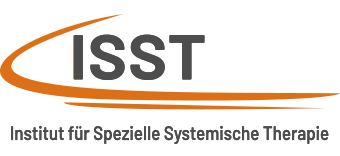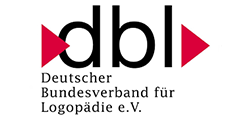Context
Bruxism is a pathological parafunction. Conventional treatments mainly consider the use of occlusal splints and psychological behavioral training. Both methods rarely achieve satisfactory therapeutic results. A new method for the treatment of CMD is FACEFORMER Therapy® (FFT). Based on the Cranio-Cervical Myofunctional Model (CCMF) according to Berndsen/Berndsen, pathological dysharmonies in the orofacial region are to be eliminated by activating muscle chain functions and replaced by new habitualized neurophysiological patterns.
Objective
A pilot study was conducted to test whether the positive results of FFT achieved in the treatments for cranio-mandibular and cervical dysfunctions are also valid for patients with bruxism.
Study participants and method
Inspired by the extensive positive experience with FaceFormer therapy for CMD, a pilot study was developed for the treatment of patients with bruxism. The scientific initiators were the ISST – Center for Rehabilitation and the Department of Orthodontics at the University of Frankfurt. The participating patients assessed their pain and nocturnal bruxism as well as the changes using the “Multi-Lickert Scale” (1 to 5). In addition, a personal assessment of the partners, who rated the frequency and intensity of nocturnal bruxism based on the Lickert scale (proxirating), was included in the study, which involved twelve patients (5 women, 7 men, average age 44.3 years) with severe bruxism. All patients were treated with FaceFormer therapy for eight weeks. The patients complained of pain primarily related to TMJ and the associated masticatory muscles, as well as pain in the cervical muscles. Three patients also frequently suffered from severe tension headaches. All patients were diagnosed with TMJ noise (temporomandibular joint noise).

![stdn-040-02[1] Vor Übungsbeginn](https://isst-unna.de/wp-content/uploads/2020/11/stdn-040-021-320x243.jpg)
![stdn-040-03[1] Nach 3 Übungen](https://isst-unna.de/wp-content/uploads/2020/11/stdn-040-031-320x240.jpg)
![stdn-040-04[1] Nach 20 Übungen](https://isst-unna.de/wp-content/uploads/2020/11/stdn-040-041-320x240.jpg)
![stdn-040-05[1] Bisssituation vorher](https://isst-unna.de/wp-content/uploads/2020/11/stdn-040-051-320x240.jpg)
![stdn-040-06[1] Bisssituation nachher](https://isst-unna.de/wp-content/uploads/2020/11/stdn-040-061-320x240.jpg)
![stdn-040-01[1] Studie – Neue Wege der funktionellen Bruxismus-Behandlung](https://isst-unna.de/wp-content/uploads/2020/11/stdn-040-011-226x320.jpg)










